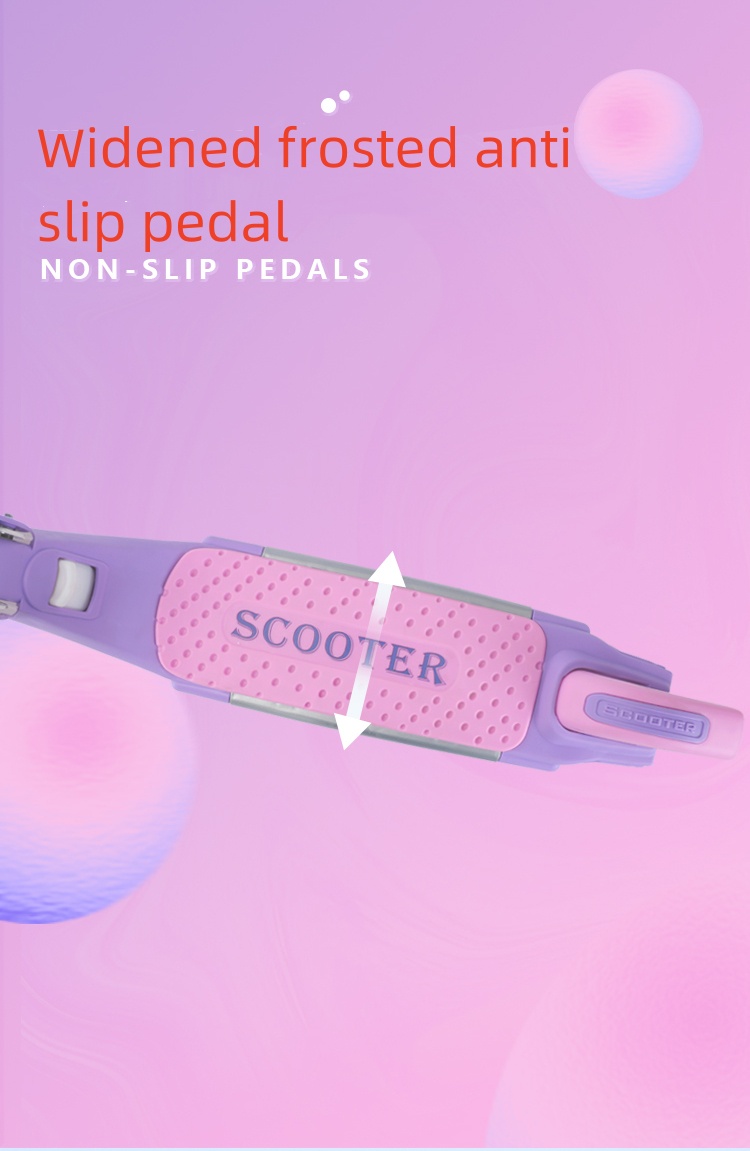Dec . 16, 2024 19:47 Back to list
when to replace rear brake drums
When to Replace Rear Brake Drums A Comprehensive Guide
Brakes are a fundamental element of vehicle safety, and understanding when to replace rear brake drums is crucial for any vehicle owner. Brake drums, which are part of the drum brake system, are found in many vehicles and play a pivotal role in stopping power. Over time, these components can wear out due to friction, heat, and various driving conditions. Knowing the signs of wear and understanding the replacement process can help you maintain the performance and safety of your vehicle.
Understanding Brake Drums
Brake drums are cylindrical components that house brake shoes. When you press the brake pedal, hydraulic pressure forces the brake shoes against the inside of the drum, creating friction that slows the vehicle down. Due to their design, brake drums can often handle heat better than disc brakes, but they are not impervious to wear.
Signs of Wear
Recognizing the signs that your brake drums need replacement is key to avoiding further damage and ensuring your safety on the road. Here are some common indicators
1. Squeaking or Grinding Noises If you hear a squeaking sound when braking, it could indicate that the brake shoes are worn down, possibly causing damage to the drums. Grinding noises often suggest that the shoes have worn completely through, which can damage the drum surface.
2. Vibration or Pulsation If you feel vibrations in the pedal or steering wheel when braking, this could point to warped brake drums. Warping can occur due to excessive heat and stress on the drums.
3. Decreased Braking Performance If you notice longer stopping distances or the brake pedal feels less responsive, it may be time to inspect your drum brakes. Lack of braking power can be a critical safety issue.
4. Visual Inspection Regularly inspecting your brake drums can help catch signs of wear early. Look for grooves, cracks, or discoloration on the surface of the drums, which can indicate excessive wear or overheating.
5. Mileage and Service Interval Many experts recommend inspecting your brake drums every 30,000 miles, though this can vary based on your driving habits and vehicle type. Always consult your owner's manual for specific recommendations.
when to replace rear brake drums

Replacement Process
If you’ve identified that your rear brake drums need to be replaced, here’s what you can expect during the replacement process
1. Gather Tools and Supplies You will need basic hand tools, a jack, and possibly new brake shoes, hardware kits, and, of course, new brake drums.
2. Lift the Vehicle Using a jack, securely lift the rear of your vehicle and place it on jack stands.
3. Remove the Wheel Take off the wheel to access the brake drum assembly.
4. Inspect and Remove the Brake Drum Check the condition of the drum, and if it needs replacing, remove the retaining screws if applicable, and gently pull the drum off the hub.
5. Install New Drums and Shoes Replace the old brake shoes and install the new drum. Ensure that everything is aligned correctly and secured tightly.
6. Reassemble and Test Drive Put the wheel back on, lower the vehicle, and take it for a test drive to ensure that the brakes are working correctly.
Conclusion
Replacing rear brake drums is an essential aspect of maintaining your vehicle's braking system. By regularly checking for signs of wear and understanding the replacement process, you can ensure your vehicle remains safe and roadworthy. Remember, if you're not comfortable performing this maintenance yourself, it’s always wise to seek the assistance of a professional mechanic. Safety should always be your top priority, and timely attention to your braking system will provide peace of mind every time you hit the road.
-
HINO Industrial Solutions - ¡Ң���ຽ��е��������˾ | Advanced Efficiency&Customization
NewsJul.13,2025
-
HINO Industrial Efficiency Solutions - ¡Ң���ຽ��е��������˾
NewsJul.13,2025
-
HINO Industrial Solutions - ¡Ң���ຽ��е��������˾ | Advanced Technology&Reliability
NewsJul.13,2025
-
HINO Industrial Efficiency-Jiangsu Hino Industrial|Productivity Optimization&Cost Reduction
NewsJul.12,2025
-
HINO-¡Ң���ຽ��е��������˾|Advanced Industrial Solutions&Energy Efficiency
NewsJul.12,2025
-
Premium Brake Drum Iveco – Durable Drum Brake Drum & Brake Shoe Solutions
NewsJul.08,2025
